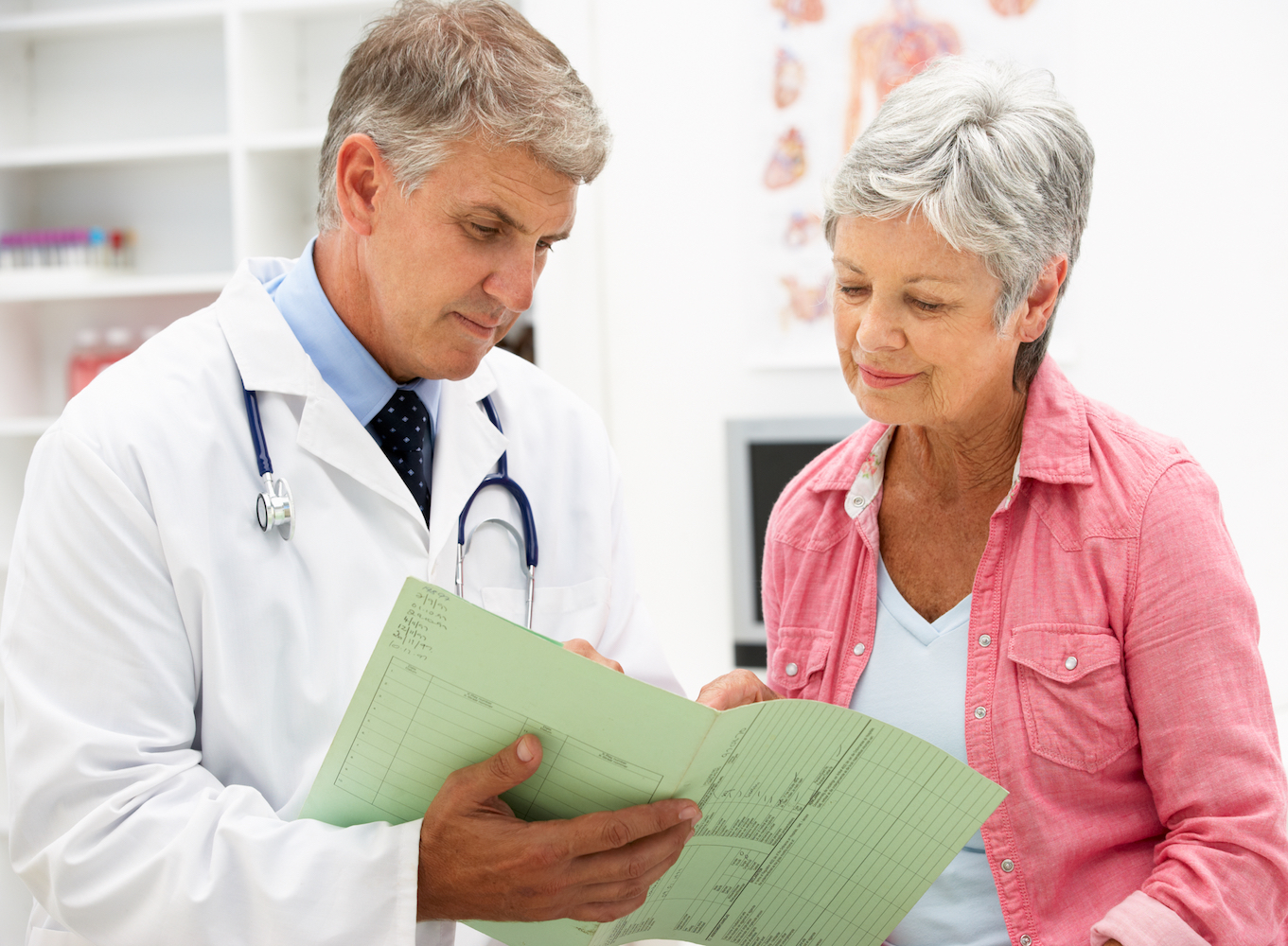How is Vitamin D Production Predicted?

By Brant Cebulla, Vitamin D Council
It’s often stated that the human body can make 10,000 to 25,000 IU of vitamin D, maybe more, in a single session of full body sun exposure. How do we know that?
We measure your vitamin D stores by measuring 25(OH)D in your blood. When you input vitamin D, it gets sent to your liver to turn into 25(OH)D so the rest of your body can put it to use.
You can actually measure serum vitamin D in the blood before the liver has converted it to 25(OH)D. After a good day’s worth of UV exposure or large oral does of vitamin D, you’d expect serum levels to spike briefly, as the body needs some time to transport it to the liver.
Thus, we can start to compare how much serum vitamin D is in your blood immediately after sun exposure and how much serum vitamin D is in your blood immediately after you take a certain amount of supplement.
Before we take a look at the research, remember that we measure UVB doses in units of J/m². For skin type II (white skin, usually burns), a dose of 200 J/m² – equal to 15 to 30 minutes of solar noon sun exposure in the summer – will produce a slight pinkness to the skin.
UVB studies shows how much serum vitamin D was made when subjects were exposed to lamps:
- In 1982, Professor Thomas Clemens and colleagues exposed two people with skin type III to full body UV at a dose of 540 J/m². After one to two days, the participants’ serum vitamin D rose to peaks of 61 ng/ml and 44 ng/ml. Note that this is a sunburning dose of UV exposure, which explains the very high serum vitamin D levels.
- In 1989, Professor Lois Y Matsuoka and colleagues exposed 32 participants to UVB doses incrementing from 30-300 J/m². They found that participants who received a dose of 300 J/m² had peak serum vitamin D levels of just over 15 ng/ml after about 24 hours.
- In 1993, Professor John G Haddad and colleagues exposed 10 healthy adults to a UV dose of 270 J/m². They found that participants had peak serum vitamin D levels of 9 ng/ml.
Other studies focus on levels of serum vitamin D after supplementation:
- In 2003, Professor Vin Tangpricha and colleagues administered 25,000 IU of vitamin D2 in either milk or oil and routinely measured serum vitamin D levels over the next 72 hours. Serum levels rose to a peak of 29.6 ng/ml after 12 hours.
- In 2005, Professor Vikram Mistry and colleagues administered cheese fortified with vitamin D2. They found that per 10,000 IU of vitamin D2, peak serum vitamin D levels rose to 15 ng/ml.
When researchers gather all this data, they can start to reasonably estimate and project how much vitamin D you make from sun exposure based on the subsequent serum vitamin D levels. When we subject ourselves to full body sun exposure, enough to induce a slight pinkness, we probably make between 10,000 to 25,000 IU of vitamin D.
If we put this concept into a graph, it would look something like this:
Please note that this does not give justification to supplement daily with intakes in this range. If you got daily sun exposure over a long period of time, your skin would usually develop a tan, shielding the skin from much UVB and slowly decreasing the amount of vitamin D you could make per day. For this reason, it appears that oral intake of 5,000 IU/day is about equal to what your body is capable of making with year-round sun exposure, though every person’s requirements vary a little.
Sources
- Clemens TL, et al. Increased skin pigment reduces the capacity of skin to synthesise vitamin D3. Lancet. 1982.
- Matsuoka LY et al. In vivo threshold for cutaneous synthesis of vitamin D3. J of Lab & Clin Medicine, 1989.
- Haddad JG et al. Human Plasma Transport of Vitamin D after Its Endogenous Synthesis. J. Clin. Invest., 1993.
- Tangpricha V et al. Fortification of orange juice with vitamin D: a novel approach for enhancing vitamin D nutritional health. J of Clin Nutrition, 2003.
- Johnson JL et al. Bioavailability of Vitamin D from Fortified Process Cheese and Effects on Vitamin D Status in the Elderly. J. Dairy Sci., 2005.
SmartTan.com news articles regularly report medical and scientific information to keep you abreast of current events related to UV light. This information is not intended to be used by any party to make unwarranted health claims to promote sunbed usage. Indoor tanning businesses are obligated to communicate a fair and balanced message to all clients about your products and services including the potential risks associated with indoor tanning. Contact your Smart Tan representative to find out more about what you can and can’t say in your tanning salon business.
© 2018 International Smart Tan Network. All rights reserved.
